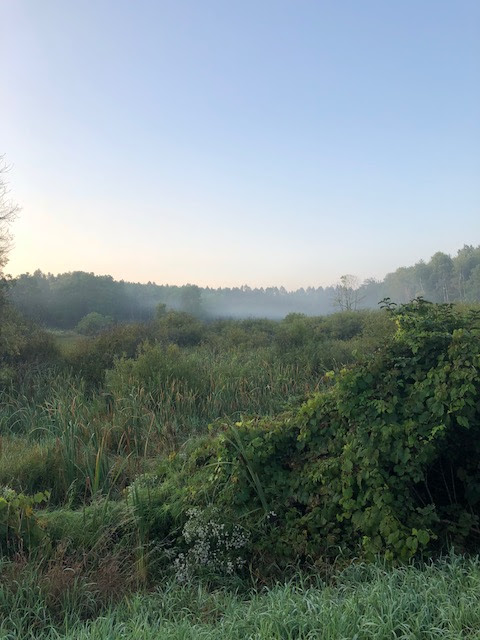Alice’s Adventures in Wonderland, Decoded
The full text of Lewis Carroll’s Novel with its many hidden meanings revealed by David Day
From Goodreads:
Alice's Adventures in Wonderland--published 150 years ago in 1865--is a book many of us love and feel we know well. But it turns out we have only scratched the surface. Scholar David Day has spent many years down the rabbit hole of this children's classic and has emerged with a revelatory new view of its contents. What we have here, he brilliantly and persuasively argues, is a complete classical education in coded education in coded form--Carroll's gift to his "wonder child" Alice Liddell.
David Day has provided us with a key to the familiar children’s fantastical tale, Alice in Wonderland. He provides not only the original story, but also the results of his painstaking research into the details that make up the story. Day’s commentary is woven around the text of the original story to make our reading easier.
Lewis Carroll, Wonderland’s creator, was the pseudonym of Oxford mathematics lecturer, Charles Dodgson (1832 – 1898), a man of Victorian classical education and diverse interests – in addition to mathematics, he was at ease in Latin (all lectures at Christ Church College, Oxford, were at the time delivered only in Latin) and Greek and in the underpinnings of those societies, their histories, mythologies, philosophies, and religious and political thought.
Dodgson was a firm believer that a classical education such as his should be only for the privileged upper classes, although it must be said that he was in the lower ranks of privilege at Oxford, notwithstanding his constant attempts to rise above his station. He was a member of the “old guard” that was resisting the change imminent in British society at a time just after the Industrial Revolution when it was rapidly becoming apparent that scientists and engineers were going to be needed to move the country and its economy forward. More and more, it seemed necessary to dispense with the idea that only the upper classes could access higher education. The middle classes were knocking at the door and the continued use of Latin as a means of acquiring knowledge was doomed.
Another interest of Charles Dodgson was children, specifically, little girls. Such an interest in today’s society would be highly suspect, but it was tolerated in Victorian Britain up to a point – that point being the age of 12 to 14 years at which age a chaperone would be deemed requisite. Alice Liddell, daughter of the dean of Christ Church, was 7 years old when Dodgson started to take an interest in her. Dodgson loved to take Alice and her siblings, both younger and older for boat rides and picnics on the Thames and adored telling them stories and challenging them with puns and puzzles.
The children were enchanted by Alice in Wonderland, one of the stories he told them on a lazy summer afternoon. Eventually, over the next couple of years, he refined and elaborated the tale, had it illustrated by John Tenniel and published it in 1865. Mostly nonsensical, Wonderland has always been seen as a fanciful children’s story, but scholars have probed it carefully and found it also to be full of references to people of the day and abounding in clues and imagery. Author David Day brings the tale alive for us, explaining in detail what the various elements of the story refer to on multiple levels – the Oxford-of-the-day level, the mythological level and the theosophical level to name three. He reveals that this simple story for children is full of hidden meanings and esoteric references in which each character is a caricature of one of the various people known to the Dodgson.
Reading Day’s book is like having complicated puzzle revealed. A classical education would be a definite asset in understanding a lot of the references, but sadly, for most of us, Latin and Greek are no longer widely taught. No matter, the clues and explanations are still fascinating.
Some of the elements of Alice:
· Greek, Roman and Celtic mythology and other classical references
· Rosicrucian and Freemasonry symbology
· Alchemy
· Occultism and Spiritualism
· Philosophy and Logics
· Evolution
· Mathematics, including geometry (a geometric poem!), Boolean logic, puzzles, Fibonacci series (Dodgson was, after all, a mathematician)
· Numerology
· Kabbala
· Metaphors, puns, anagrams and word games
· Satire, political, religious and scientific
· Fables, including talking animals
· Private jokes meant for Alice and her sisters
A few of the people caricatured in Alice:
· Oxford leaders of the time, including Alice’s father, the Dean
· Disraeli
· Gladstone
· Darwin
· Huxley
Reading Day’s Alice, decoded was great fun. I was astonished at the level of detail that Dodgson reached in his so-called children’s story. Dodgson may have been a lowly mathematics lecturer, but he must also have been a man of nimble intellect and I now have a fresh appreciation of the benefits of a classical education.
Recommended!




















